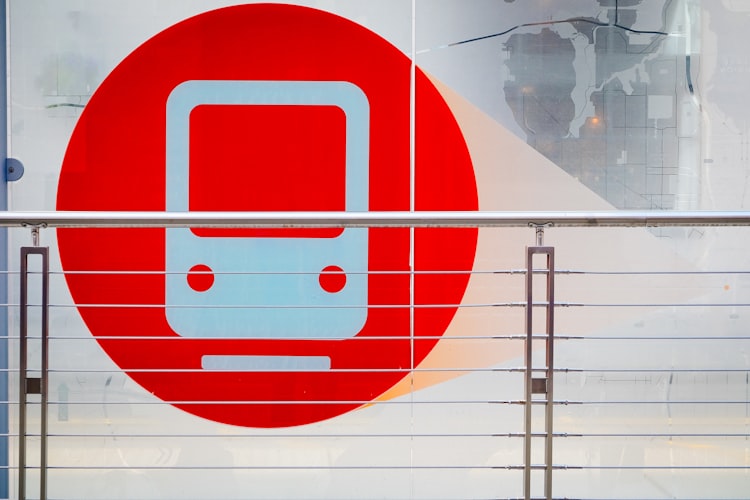Mindless Metrics in Transit

OK, i made up these terms, but to be fair all words are made up. Let's get into it.
When it comes down to the Feds you know what you need to be doing. Their metrics bring home the dollar's and keep the wheels on the bus going round and round, but should you be thinking outside of the box when it comes to what is really your success?

When I talk with agencies one of the things that I always drive home is that these metrics that transit agencies measure are really not something that planning and operations work day in and day out for. The things that you all spend your time working towards is keeping riders and drivers happy and informed. So the question is where are these successes being measured?
If you are working hard you should show it off
I have seen countless board packets and stakeholder engagement sessions with the typical mindless metrics. While they are great for the Fed they really only offer up surface level analysis of what agencies do for their communities everyday. I mean if you were to tell someone what you do, would you say that you go to work everyday to improve ridership? No, you tell people about how close you work with drivers' and riders' feedback to make conditions better.
So why aren't we measuring this?
Spoiler: It's hard
First you need to find the question
So if you were trying to sell the value your call center brings to the region. You could talk about the amount of calls that you have taken and the amount of trips that you assist with on a daily basis. Without that service you could say that those trips might not have been made. Or if you wanted to address the amount of complaints that you get you could show that amount of bus stop complaints and the amount that are followed up on over the course of a month.
Figure out who your audience is
Every time that you talk about your wins to different people you will need to cater to their level of understanding and interests. The information that you are trying to talk about needs to be accessible to the people that you are presenting it to. Now there is only so much that you can boil it all down while retaining value, but you should bring it down to their level and elaborate in the details.
What would you say?
Boiling it down to illustrate the problem or outcome is something that can rarely be done on a map or complex charts. You need to start by teaching you audience one thing.
"Our call center answers 200 calls a day with 30 calls being missed. 80% are trip inquiries 18% are route or stop complaints and we have 2 people assigned partially to handle stop complaints"
While it is not great to be saying that you only have 2 people working on these stop issues this statement tells me that you know that it is something that could be done better if you had resources. Just showing that you are keeping track I believe goes a long way. Most people are under the assumption that they are just screaming into the void.

How do I keep track of it all 😃
First off you need a better way of capuring your data, a play secure where you can keep up to date info for staff to log issues, for planners to review status's and for field crews to update tickets as they have been processed. Bringing it all together allows call center staff to say when a repeat that they know of the problem and be able to have up to date info on what is being done to solve the issue.

This is where I plug TransitChat.
TransitChat's purpose is to make metrics and things that your riders and drivers care about brought to the top and keep them there. We aim to help you succeed by showing off your good work in a different way and help you go from "working on it" to "were on it".
We would love to hear your thoughts on where we can take this. Subscribe and share to help us build better transit!





Member discussion